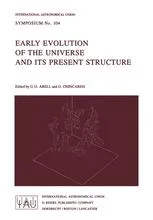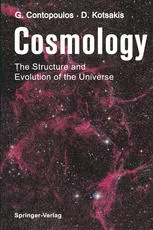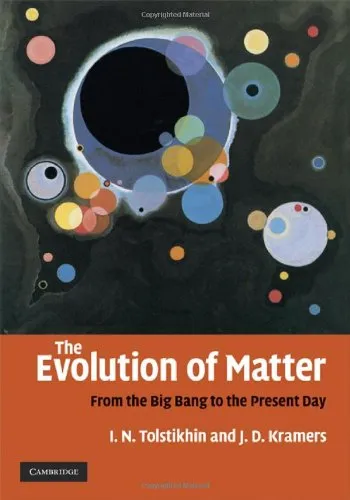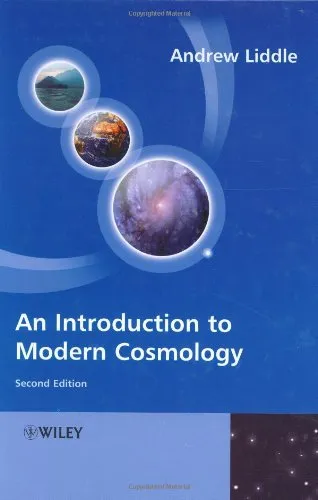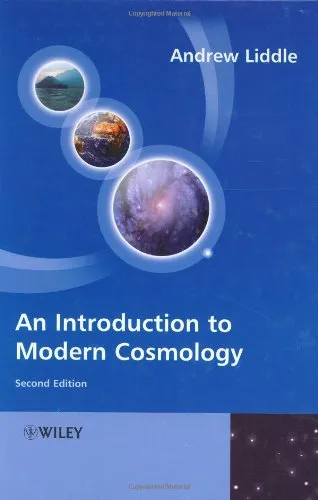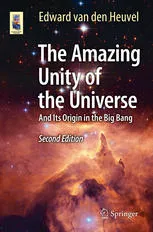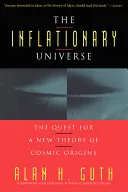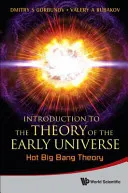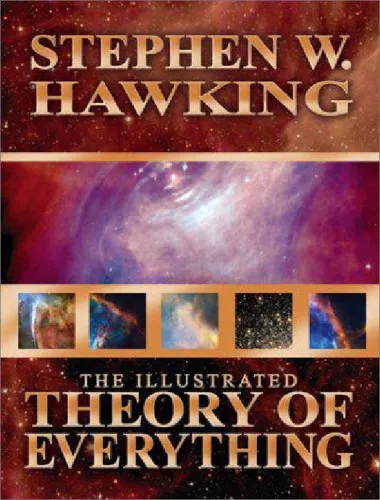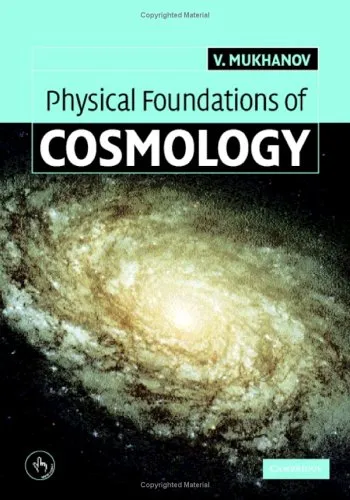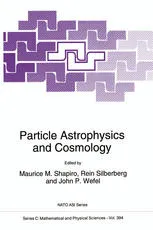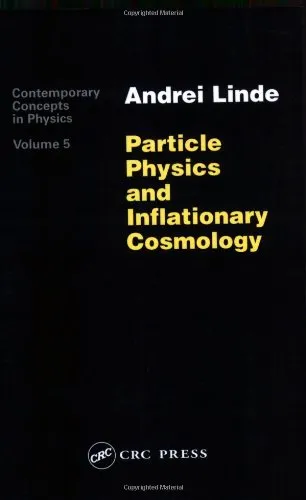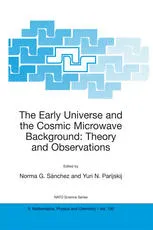Early Evolution of the Universe and its Present Structure
4.3
Reviews from our users

You Can Ask your questions from this book's AI after Login
Each download or ask from book AI costs 2 points. To earn more free points, please visit the Points Guide Page and complete some valuable actions.Related Refrences:
The study of the universe is one of the most captivating intellectual pursuits in human history. "Early Evolution of the Universe and its Present Structure" delves into the mysteries of the cosmos, shedding light on the fascinating journey that has led to our current understanding of the universe's origins and its ongoing evolution. Authored by the esteemed astronomer J. H. Oort and edited by G. O. Abell and G. Chincarini, this comprehensive volume revisits key developments in cosmology and presents contemporary insights crucial for both seasoned scholars and new enthusiasts in the field.
Detailed Summary of the Book
In this book, J. H. Oort, supported by editors G. O. Abell and G. Chincarini, embarks on an exploration of the universe's inception, drawing a coherent narrative from fundamental cosmological theories to complex astrophysical observations. The content is structured systematically, beginning with pre-Big Bang hypotheses and the conditions facilitating the universe's birth. The subsequent sections focus on cosmic inflation, primordial elements, and the transition to the galaxy formation era.
The book expands into the large-scale structure of the cosmos, enumerating the intricate interplay between dark matter, dark energy, and visible matter that defines the universe's framework. Discussing the evolution of galaxies and clusters, the authors elucidate how these colossal structures emerged from initial density fluctuations. Further exploration of the present cosmic web reveals the dynamic forces at play, providing context to phenomena such as cosmic microwave background radiation and gravitational waves.
Notably, the book highlights human ingenuity in unraveling cosmic codes, accentuating landmark discoveries and technological advancements like telescopes and space probes that have significantly contributed to our current understanding.
Key Takeaways
- Understanding the universe requires a multidisciplinary approach, merging insights from physics, astronomy, and mathematics.
- The universe has undergone significant evolutionary phases, transforming from a hot, dense state to its current vast and structured form.
- Dark matter and dark energy play crucial roles in cosmic evolution, though they remain enigmatic.
- Galaxies and cosmic structures result from complex interactions influenced by initial conditions set shortly after the Big Bang.
- Technological advancements continue to augment our knowledge by allowing deeper and more precise astronomical observations.
Famous Quotes from the Book
"The universe is a grand tapestry woven from countless cosmic threads, each revealing a part of the magnificent story of creation."
"In every galaxy, we can see an echo of the primordial events that shaped the cosmos as we know it today."
Why This Book Matters
The significance of "Early Evolution of the Universe and its Present Structure" transcends its academic value; it serves as an intellectual bridge connecting humanity's ancient curiosity about the cosmos with contemporary scientific discoveries. With its rigorous yet accessible exposition, the book empowers readers to grasp the immensity and complexity of the universe's story. The collaborative efforts of J. H. Oort and his editors also exemplify the collective pursuit of knowledge, emphasizing collaboration across generations and disciplines to further cosmic understanding. This volume not only enriches the scientific community but also inspires thinkers, educators, and curious minds to ponder the vastness and beauty of the universe we inhabit.
Free Direct Download
You Can Download this book after Login
Accessing books through legal platforms and public libraries not only supports the rights of authors and publishers but also contributes to the sustainability of reading culture. Before downloading, please take a moment to consider these options.
Find this book on other platforms:
WorldCat helps you find books in libraries worldwide.
See ratings, reviews, and discussions on Goodreads.
Find and buy rare or used books on AbeBooks.
1405
بازدید4.3
امتیاز0
نظر98%
رضایتReviews:
4.3
Based on 0 users review
Questions & Answers
Ask questions about this book or help others by answering
No questions yet. Be the first to ask!
